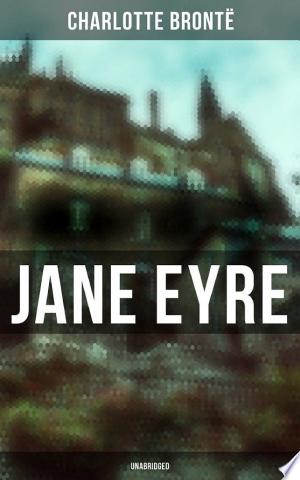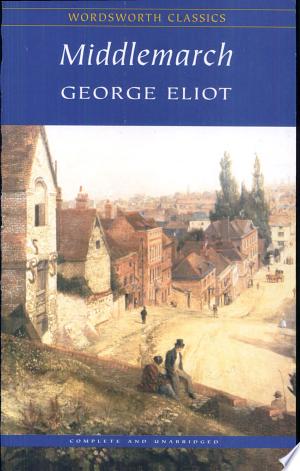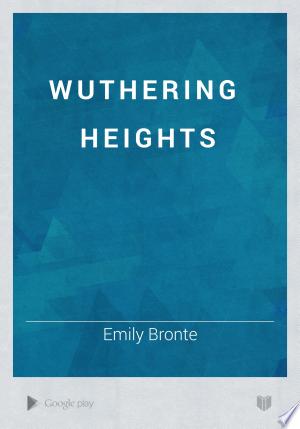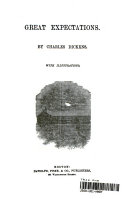
"Jane Eyre" Summary
classics | 611 pages | Published in 2016
Estimated read time: 5 min read
One Sentence Summary
A plain governess navigates love, independence, and dark secrets at Thornfield Hall.
Table of Contents
Introduction
"Jane Eyre" is a classic novel written by Charlotte Brontë, first published in 1847. It is a Bildungsroman, a coming-of-age story, that follows the experiences of its eponymous heroine, Jane Eyre. The novel explores themes of love, independence, social class, and morality, making it a timeless and enduring piece of literature.
Brief Synopsis
Plot Overview
"Jane Eyre" is set in the early 19th century in England, primarily at the fictional estate of Thornfield Hall. The story is narrated by Jane, a strong-willed and independent orphan who is raised by her cruel aunt and then sent to the oppressive Lowood School. After leaving Lowood, Jane becomes a governess at Thornfield Hall, where she falls in love with her employer, Mr. Rochester. However, she discovers a dark secret about Rochester's past, leading her to face moral dilemmas and personal challenges.
Setting
The novel is set in various locations in England, including the Reed family's home Gateshead, the harsh Lowood School, and the mysterious Thornfield Hall. The contrasting settings reflect the different periods in Jane's life and the societal constraints she must navigate.
Main Characters
The table below outlines the main characters in "Jane Eyre" and provides a brief description of each.
| Character | Description |
|---|---|
| Jane Eyre | The protagonist, a strong-willed and independent woman who strives for self-respect and autonomy. |
| Mr. Rochester | Jane's employer at Thornfield Hall, a brooding and enigmatic man with a troubled past. |
| St. John Rivers | A clergyman who offers Jane a different path in life, characterized by self-denial and duty. |
| Mrs. Reed | Jane's cruel aunt who mistreats her, contributing to Jane's difficult early life. |
| Bertha Mason | Mr. Rochester's first wife, who is kept hidden at Thornfield Hall due to her mental instability. |
Story Points Over Chapters
Chapters 1-10
In the early chapters, we learn about Jane's unhappy childhood at Gateshead, where she is mistreated by her aunt and cousins. She is then sent to Lowood School, where she suffers from harsh conditions but also forms close friendships. The death of her friend Helen Burns deeply affects her, and she finds solace in her studies.
Chapters 11-20
Jane leaves Lowood and becomes a governess at Thornfield Hall, where she meets the enigmatic Mr. Rochester. Their relationship develops, but Jane becomes troubled by strange occurrences in the house. She also meets the kind yet mysterious St. John Rivers and his sisters.
Chapters 21-30
Jane's feelings for Mr. Rochester deepen, but she learns about his dark secret: his first wife, Bertha Mason, is locked away in Thornfield Hall due to her insanity. Jane is torn between her love for Rochester and her moral conscience, ultimately choosing to leave Thornfield Hall.
Chapters 31-38
Jane faces hardship and deprivation after leaving Thornfield, but she is taken in by the Rivers family. She forms a close bond with St. John Rivers but is reluctant to marry him, as she does not love him. She later discovers her inheritance from her uncle, giving her newfound independence.
Chapters 39-38
After receiving news about Mr. Rochester's tragic fate, Jane returns to Thornfield Hall to find him blind and crippled. They reunite and marry, finding happiness despite the challenges they face. The novel concludes with a sense of fulfillment and resolution for Jane.
Main Events
- Jane's difficult upbringing at Gateshead and her experiences at Lowood School
- Her time as a governess at Thornfield Hall and her complex relationship with Mr. Rochester
- The revelation of Mr. Rochester's dark secret and Jane's decision to leave Thornfield
- Jane's encounter with the Rivers family and her newfound independence
- The reunion and eventual marriage of Jane and Mr. Rochester
Themes and Insights
Themes
| Theme | Description |
|---|---|
| Independence | The novel explores Jane's quest for autonomy and self-respect, challenging societal expectations. |
| Love | Love is depicted as both a source of fulfillment and a source of conflict, particularly for Jane. |
| Social Class | The constraints of social class and the struggle for equality are recurring themes throughout the novel. |
| Morality | Jane's moral integrity and her internal conflicts over right and wrong are central to the story. |
Insights
"Jane Eyre" provides insights into the societal expectations and limitations faced by women in the 19th century, highlighting the importance of inner strength and resilience. The novel also delves into the complexities of love and the moral dilemmas that individuals may encounter.
Reader's Takeaway
Readers will be captivated by the journey of Jane Eyre as she overcomes adversity, seeks independence, and navigates the complexities of love and morality. The novel offers a compelling portrayal of a resilient and principled woman in a society constrained by class and gender norms.
Conclusion
"Jane Eyre" is a timeless classic that continues to resonate with readers due to its enduring themes, compelling characters, and richly detailed narrative. Charlotte Brontë's masterful storytelling and exploration of human emotions make "Jane Eyre" a must-read for anyone seeking a profound and thought-provoking literary experience.
Jane Eyre FAQ
What is the genre of 'Jane Eyre'?
Who is the author of 'Jane Eyre'?
When was 'Jane Eyre' first published?
What is the main theme of 'Jane Eyre'?
Who is the protagonist of 'Jane Eyre'?
Is 'Jane Eyre' suitable for young adult readers?
What is the setting of 'Jane Eyre'?
Is 'Jane Eyre' based on the author's own experiences?




